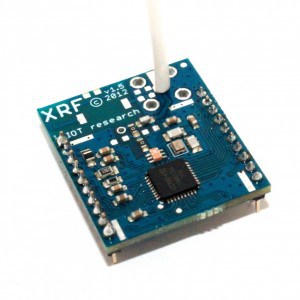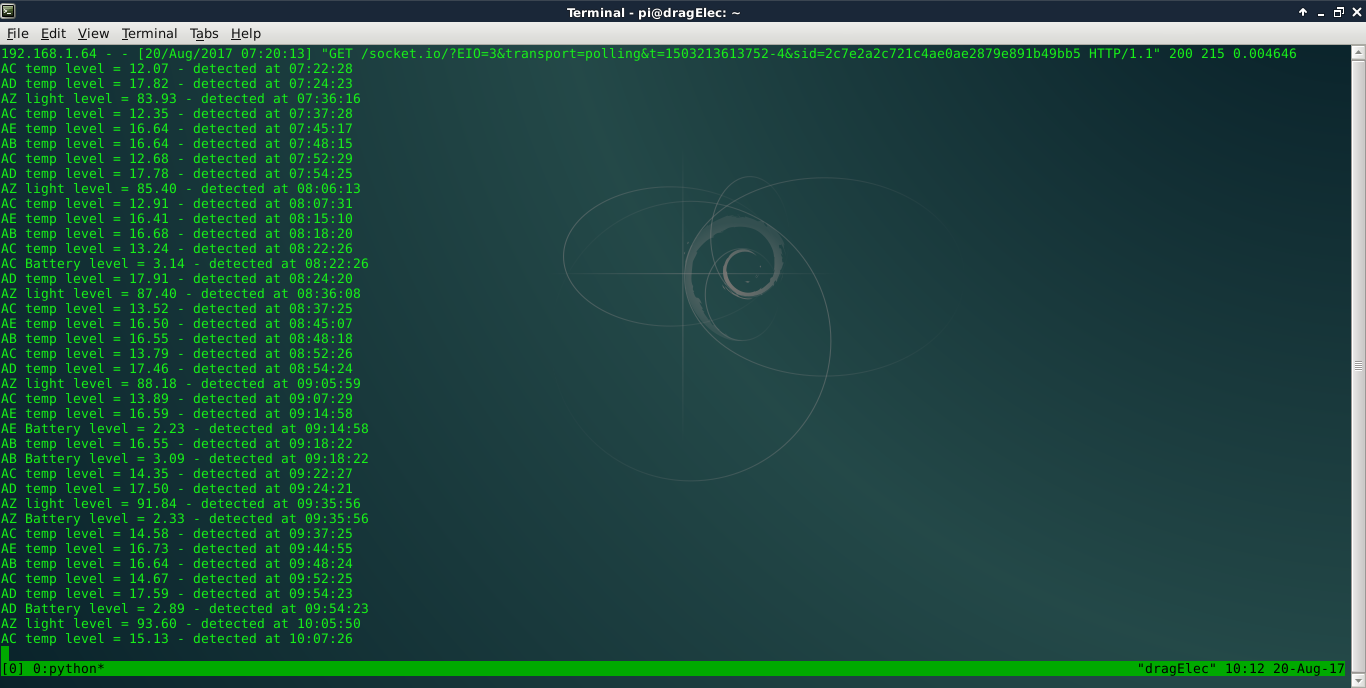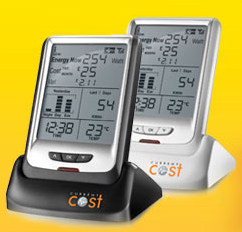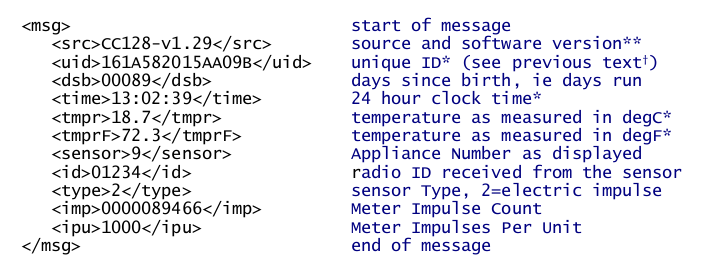The /dragelec/ project has been live for over five years initially it was created out of a need to prove that the step-son was taking 45min - 90min showers...... so it simply monitored for electricity usage > 7kw for a fews minutes then emailed me. Over time i added graphs, then temperatures around the house and outside, then an online service. I tried RRD, sql databases and csv files for recording data but currently dragelec is run on a single Raspberry Pi using a currentcost electricity clamp, it runs as flask based website serving canvas gauges that react in realtime via socketio so that i have a live dashboard of information which can be viewed by any device using the pi’s local IP address. Strangely enough :) i use another Pi mounted on an official touchscreen as the main dashboard in the kitchen and media player (mostly playing a Polish radio station using mpc).
So the code - it’s broken down into the main function and a few submodules that i’ve written plus normal ones.
drag_socktio
- raspitemp
- readsensors
- decodexml
- datetime, time
- serial
- flask_socketio
- flask
- pdb
- csv
Each module is listed here with an exlanation of what it does (pretty obvious really) and the hardware setup used to achieve it.
this is in progress some elements are lacking as its under going a total re-write
Running on a standard raspberry pi, the main code supplies a flask based website using socketio to update in “realtime” gauges for temperature and electricity. There is a 1sec lag between the electricity consumption increasing and the gauge reacting, with the temperature gauges only change when a new value is received from the sensors.
Set up the general flask parameters
async_mode = None
app = Flask(__name__)
app.config['SECRET_KEY'] = 'secret!'
socketio = SocketIO(app, async_mode=async_mode)
thread = NoneThe background thread which does all the heavy lifting;
def background_thread():
alerttime = 300
HighWatts = 5000
LowWatts = 2000
watts = TotalWatts = HiDuration = HighStart = AvgWatts = cost = RTemp = 0
global ser
global SensorValues
while True:
n = ser.inWaiting()
if n != 0:
USBTemps = ser.read(n)
# print(USBTemps)
SensorValues = readsensors.valueCheck(
USBTemps,
SensorValues[0],
SensorValues[1],
SensorValues[2],
SensorValues[3],
SensorValues[4],
SensorValues[5],
SensorValues[6],
SensorValues[7],
SensorValues[8],
SensorValues[9])
else:
USBTemps=""
#watts = randint(0,8000)
frontroom = randint(0,22)
bedroom = randint(0,22)
kitchen = randint(0,22)
external = randint(0,22)
watts = decodexml.decodexml(watts)
#pdb.set_trace()
RTemp = raspitemp.PiTemp(RTemp)
socketio.sleep(1)
socketio.emit('my_response',
{'data':'Values', 'elec': watts,'ext': SensorValues[1],'fr': SensorValues[0],'bd': SensorValues[3],'kt': SensorValues[2]},
namespace='/carpi')Routing and data for the index page (currently has data from a car digital dashboard project)
mesg = 'starting dragelec'
@app.route('/')
def index():
today = datetime.date.today()
speed = randint(0,133)
templateData={
'mesg' :mesg,
'speed' :speed,
'time' :today
}
return render_template('home.html', async_mode=socketio.async_mode, **templateData)@socketio.on('connect', namespace='/carpi')
def test_connect():
global thread
if thread is None:
thread = socketio.start_background_task(target=background_thread)
if __name__ == '__main__':
global SensorValues
global ser
print("")
print("---------------------------------------------------")
print("---------------------------------------------------")
print("---- STARTING DragElec MONITORING ----")
print("--------------- %s %s ---------------" %
(datetime.date.today(), time.strftime("%H:%M:%S")))
print("---------------------------------------------------")
print("")
ser = serial.Serial('/dev/ttyACM0', 9600)
updateonlinetime = time.time()
try:
with open('/tmp/tmpvalues.csv', 'r') as csvfile:
fileRead = csv.reader(csvfile, delimiter=',')
for row in fileRead:
SensorValues = [float(x) for x in row if x != '']
except:
SensorValues = (
66.00,
66.00,
66.00,
66.00,
66.00,
66.00,
66.00,
66.00,
66.00,
66.00)
socketio.run(app, host='0.0.0.0', debug=True)#!/usr/bin/env python
def PiTemp(RTemp):
import os
# Return CPU temperature as a character string
def getCPUtemperature():
res = os.popen('vcgencmd measure_temp').readline()
return(res.replace("temp=", "").replace("'C\n", ""))
temp1 = int(float(getCPUtemperature()))
return (temp1)The wireless sensors used are unfortunately no longer available, the company (ciseco) simply vanished from existence along with all the documentation/firmware etc which is a shame as the wireless sensors were not expensive and have proven very good.
They use a protocol called LLAP (Lightweight Local Automation Protocol) essentially each device is programmed with the appropriate firmware and set to broadcast data on an interval. The transmitted data looks like aACTMPA18.78 which is the device identifier (AC) and the data being sent (TMP18.78)
The main program polls the serial port for incoming data
while True:
n = ser.inWaiting()
if n != 0:
USBTemps = ser.read(n)and if a message exists it passes the content to the readwireless module;
SensorValues = readsensors.valueCheck(
USBTemps,
SensorValues[0],
SensorValues[1],
SensorValues[2],
SensorValues[3],
SensorValues[4],
SensorValues[5],
SensorValues[6],
SensorValues[7],
SensorValues[8],
SensorValues[9])which then returns the individual values of temperature and battery level for each sensor, it does this by searching the incoming message for the identifier of each sensor and then parsing out the values eg;
if "ABT" in llapMsg:
# front room temp
try:
aABTEMP = float(llapMsg[7:12])
print("AB temp level = %.2f - detected at %s " %
(aABTEMP, time.strftime("%H:%M:%S")))
except:
print(
"Cannot decode - msg detected: %s - detected at %s " %
(llapMsg, time.strftime("%H:%M:%S")))
if "ABB" in llapMsg:
try:
aABBATT = float(llapMsg[31:35])
print(
"AB Battery level = %.2f - detected at %s " %
(aABBATT, time.strftime("%H:%M:%S")))
except ValueError:
print("aABBATT Conversion ERROR:", llapMsg)the above looks for the data coming from the sensor i’ve given the id of AB, it checks for the temperature string (ABT) and the battery data (ABB) then assigns it to the appropriately titled variable. The code is mostly duplicates of the above for each sensor with the final part being to return the values to the main program, i’m sure there is a way of writing it such that i can remove the duplication element but at the moment this works and i dont know how so for now it stays.
I’ve set up the sensors as follows;
| ID | Location |
|---|---|
| AE | Bedroom |
| AB | Front room |
| AD | Kitchen |
| AC | External |
| AZ | Light level |
As i run the main program via a tmux session i can log in at any time and see what is being printed so i get nice easy way of checking for errors.
The electricity monitoring is done using a currentcost unit
this relies on a current transformer clamped around the mains incoming supply and the data from the actual currentcost unit is output in XML format.



